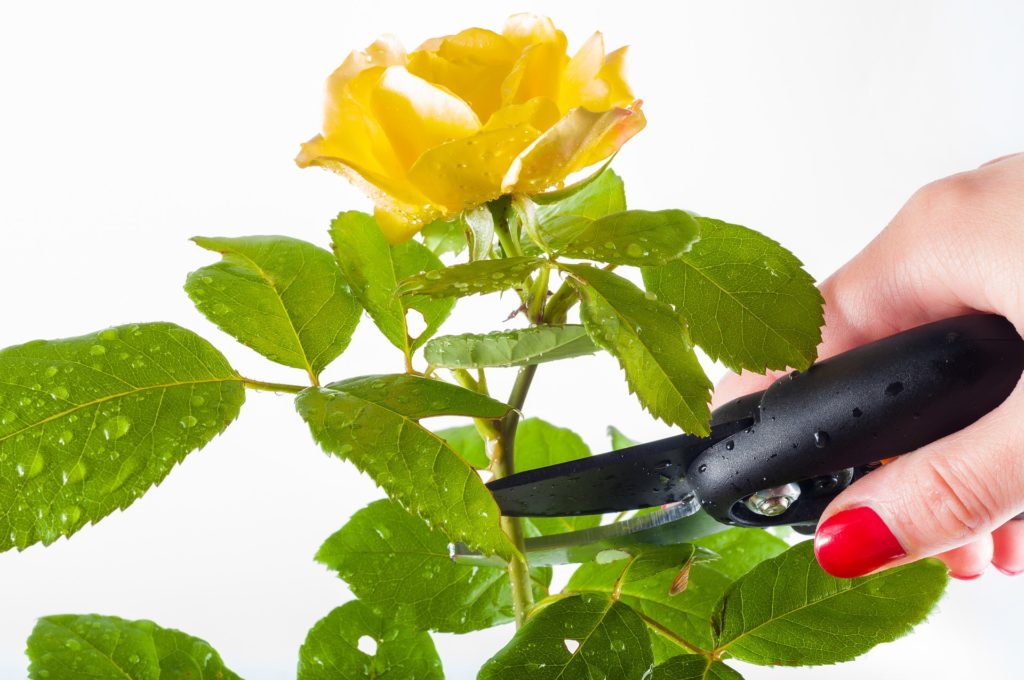
During winter and early spring, many plants enter dormancy, a state in which a plant is alive but not actively growing due to the cold weather. For that reason, it makes the said season typically the best times to make any alteration to most trees and shrubs.
Before we go the plants and trees that can be pruned during this season, let us understand first what is pruning and its significance to a plant’s life
WHAT IS PRUNING?
Pruning is to cut off branches of your choice from a tree. The main goal is to remove unwanted or damaged limbs and branches, promote healthier growth and improve tree’s structure,
Sometimes in life, we need to do sacrifices in order to be successful in the long run, that goes the same with trees. “Proper prune is both an investment in the long term healt of your plants and in the overall look and safety of your property” said Mark Mann of Davey’s South Austin. Texas.
WHAT ARE THE BENEFITS OF PRUNING ?
- It promotes healthy growth
When you cut off damaged or infested branches, it prevents the insects or other organisms from causing damage or infecting the rest of the tree. That can save the life of your tree and save you money on a replacement
- Maintain Plants and Landscapes
It gives more life to the structure of your tree and adds to the beauty of your property.
- Protect Your Family and Property
It can prevent potential damage on your property caused by fallen branches
WHEN TO PRUNE FLOWERING SHRUBS
Got flowering shrubs? When to prune a shrub depends mostly on when it blooms and whether it flowers on growth produced in the same or previous years.
- In winter and early spring, prune shrubs that form their flower buds on “new” wood (i.e., growth that will occur in the coming spring). Examples include: abelia, beautyberry, butterfly bush, most clematis, our native smooth hydrangeas, panicle hydrangeas, potentilla, roses, rose-of-sharon, shrub dogwoods, Japanese spirea, St. Johnswort, and summersweet.
- Wait until late spring or early summer (afterflowers fade) to prune shrubs that bloom on “old” wood (i.e., growth from the previous year). Examples are: azalea, beautybush, bridalwreath spirea, spring-blooming clematis, cotoneaster, deutzia, enkianthus, flowering almond, forsythia, mophead hydrangeas, lilacs, mock orange, mountain laurel, ninebark, oakleaf hydrangea, pieris, rhododendron, viburnum, Virginia sweetspire, weigela, wisteria, and witch hazel. If you cut them too early, you’ll cut off the buds that would’ve opened this spring! The best time to prune spring-blooming shrubs is right after the spring blooms fade.
WHEN TO PRUNE TREES AND EVERGREENS
- Prune evergreen shrubs (yew, holly, and boxwoods) and evergreen trees (spruce, fir) in late winter or early spring when they are still dormant and before new growth begins. Pines are pruned in early June to early July.
- Prune shade trees, such as oak, sweetgum, maple, katsura and hornbeam in late winter or early spring.
- Wait to prune spring-flowering trees, such as dogwood, redbud, cherry, pear, and magnolia, until after they flower. Read more about this here.
Sometimes, it’s hard to tell if a tree has dead branches higher up unless you climb it. For this reason, it may be prudent to hire a tree trimmer to prune any dead trees once every 3 years. To prune shorter trees yourself, look into tree pruners with long-reach poles so that you can keep your own feet safely on the ground.
COMMON SHRUBS AND TREES TO PRUNE IN LATE WINTER OR EARLY SPRING
| WHEN | HOW | |
| Abelia | Winter to early spring | Maintain a graceful arching form by cutting away some of the oldest stems at ground level. Pinch growing shoots in spring if you want bushier growth. |
| Azalea | Late winter or during the growing season | Before growth begins for the season, improve the form of the bush by shortening stems that jut out of place. During the growing season, pinch growing shoot tips where you want bushier growth. |
| Butterfly bush | Late winter | Cut all stems to the ground. |
| Chaste tree | Late winter or early spring | Evergreen species need little pruning beyond cutting out weak, twiggy, dead, or broken branches. |
| Crape myrtle | Late winter | Wherever the plant is not totally winter-hardy, cut off winter-killed wood or cut the whole plant to the ground. Little pruning is needed where this plant is cold-hardy. |
| Hydrangea | Mostly late winter | For smooth hydrangea, cut all stems to the ground. For bigleaf or oakleaf hydrangea, cut stems with old flowers still attached back to fat flower buds. Some hydrangea are NOT pruned in late winter. To avoid cutting off blooms. |
| Smoke bush | Late winter or early spring, before growth begins | Needs little pruning unless you grow it for its purple leaves rather than for its flowers. In this case, prune severely to stimulate vigorous new growth each spring. |
Source: The Pruning Book, by Lee Reich
Read more: https://www.almanac.com/content/winter-pruning-guide-trees-and-shrubs
Image by Arturs Budkevics from Pixabay
